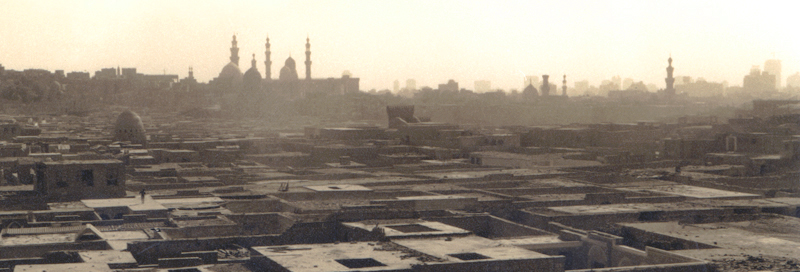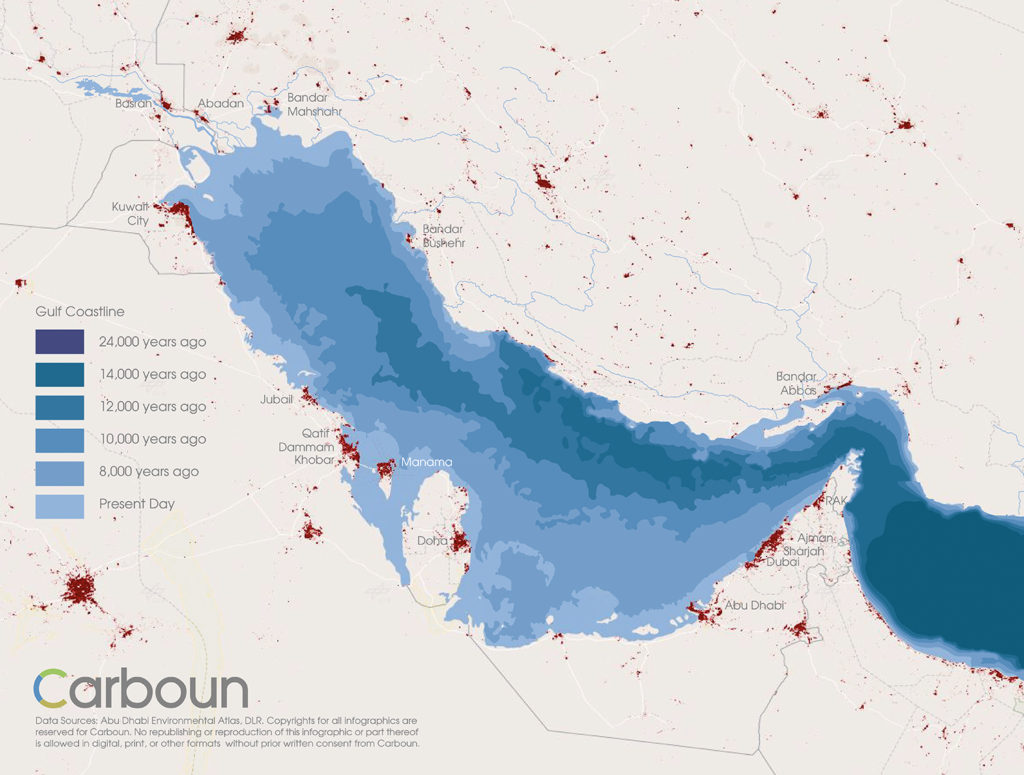|
|
Karim Elgendy
As the last ice age ended, the earth’s climate began to warm up, glaciers and ice sheets started to melt, and sea levels rose globally. With sea levels rising, seawater (once again) flooded into the Gulf (also known as the Persian Gulf or Arabia Gulf), whose sea floor was exposed for millennia and covered in sand dunes (except for lakes and the Tigris-Euphrates river meandering across it towards the Arabian sea).
Continue reading Sea Level Rise in the Gulf
Karim Elgendy
Two weeks ago, The English version of a leading Egyptian daily published an opinion piece on entitled “Our local ‘green’ agenda.” In his article, the author made a number of intriguing arguments that suggest that Egypt has a unique environmental agenda and a set of sustainability priorities that are different from the predominant global ones. He also suggests that imported ‘green’ concepts fail to take into consideration ingrained conservationist behaviors that already exist in Egypt.
While I agree that each country must develop a local approach to sustainability which responds to its specific socio-economic and environmental needs, I found many of the author’s arguments to lack sufficient context, and was therefore concerned that the article could potentially result in an inaccurate representation of the state of sustainability in Egypt.
 Cairo's Old City. Copyrights: Karim Elgendy Continue reading The State of Egypt’s Sustainability Agenda
Karim Elgendy
In recent years much of the discussion about the impact of climate change around the world has caused a mix of anxiety and fear about the impacts this may have on human life and the environment. Many detailed studies have shown by using simulation models the impact of sea level rises on coastal cities around the world if sea level were to rise by a certain degree. These studies showed that generally speaking, it was low lying areas and river deltas that were most vulnerable, especially when these deltas are densely populated.
 Figure 1. Relative vulnerability of coastal deltas as shown by the indicative population potentially displaced by current sea-level trends to 2050 (Extreme = > 1 million; High = 1 million to 50,000; Medium = 50,000 to 5,000 (following Ericson et al.,2006). Source Nicholls, R.J., P.P. Wong, V.R. Burkett, J.O. Codignotto, J.E. Hay, R.F. McLean, S. Ragoonaden and C.D. Woodroffe, 2007 Continue reading The Impact of Sea Level Rise on The Arab World
|
|



